Valentine’s Day is a moment of the year when all things romantic love is celebrated. But not everyone is keen on this holiday, especially if they are single. Swarovski recognized this and put together a “unique” and spirited campaign for its Chinese audience of independent women.
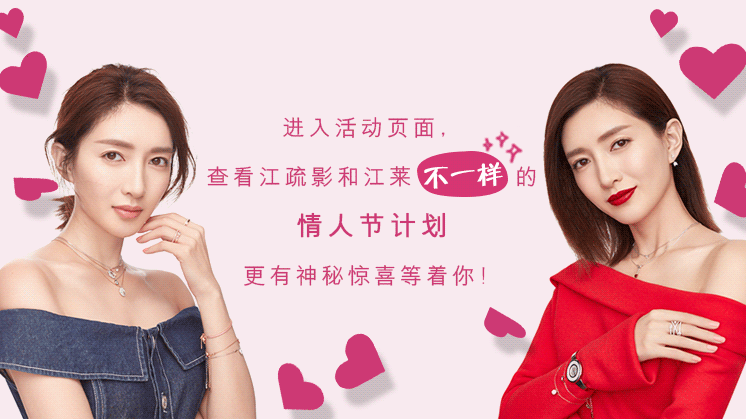
Valentine’s Day is a moment of the year when all things romantic love is celebrated. But not everyone is keen on this holiday, especially if they are single. Swarovski recognized this and put together a “unique” and spirited campaign for its Chinese audience of independent women.
At the beginning of February, the hearts come out, the reds and pinks appear, and the advertisements for flowers and chocolates reach a crescendo. It’s the run up to Valentine’s Day, of course, a favorite moment of the year for brands high and low looking to cater to couples and romantic gift-givers. These same heart-laden rituals have also been taking hold in China over the years, where the holiday wasn’t traditionally celebrated. And just as in the West, not everyone, especially those that are single, appreciate the strong attention to romantic love.
Swarovski, purveyor of all things crystal, jewelry, and beautiful accessories, has been a champion for women across the world, with a global mantra of being “Daring & Irresistible.” As this message of “Daring & Irresistible” can be interpreted so differently in different countries, Swarovski’s China team, together with Digital Luxury Group (DLG) China, put the focus on the modern, independent, and sophisticated Chinese women of today, regardless of whether they are single or in relationship.
For Valentine’s Day this translated into a unique voice on the market, not only stressing romantic love, but self love as well. The brand’s “Unique Valentine’s Day” was developed to encourage the contemporary attitude of China’s increasingly independent women, by creating an interactive plot following two roles, a storytelling mechanic well-appreciated by Chinese consumers.
Swarovski, with help from DLG, created and designed an interactive digital campaign with video content starring the well-known Chinese actress Maggie Jiang (江疏影) playing 2 roles, one representing herself, who is single, and the other one, Jiang Lai, a popular TV character from “To Be A Good Man”(“好先生”, a famous Chinese TV show centered around 3 love stories) played by Maggie, who is in a romantic relationship in the show.
Interested in learning more about
Social Media
and how it affects your brand?
These dual personalities played by the actress, allowed the brand to speak to all women, regardless of their relationship status. Celebrity power plays a huge role in China, and this campaign gave Swarovski the chance to take advantage of Jiang’s incredible influence.
WeChat Integration
The campaign is articulated around a strong storytelling concept, which is especially relevant in China where hard selling messages are less and less impactful. The story gets started with a simulated WeChat group chat between Maggie Jiang, Jiang Lai, and Cupid. In the “chat group”, three members talk about their Valentine’s Day plans. The Swarovski fan receives a video message and when she plays it she is asked to pick her status (single or in a relationship), where she is then brought to a video of one of the characters sharing her Valentine’s Day plans.
The video allows the fan to navigate and follow the character, while picking her outfit, the overall experience enriched with various dynamic elements supporting the character’s statements.
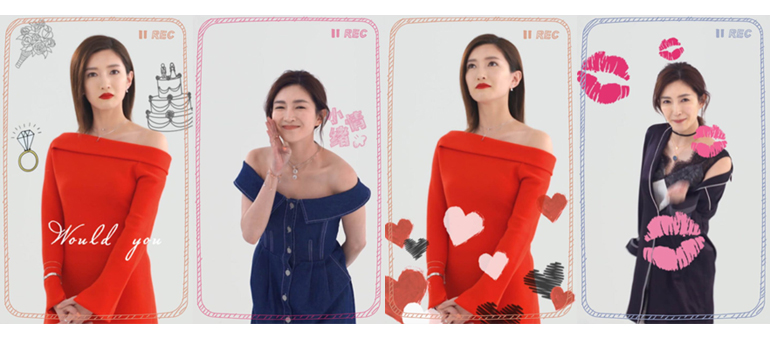
Flipping gender stereotypes, in Jiang Lai’s video, she shares her plans to propose to her boyfriend on Valentine’s Day, and highlights her courage to dare. This character, while surprising from a traditional standpoint in China, is really in line with the aspirations of modern Chinese women who value independence and prefer to take a different approach to more mainstream attitudes.
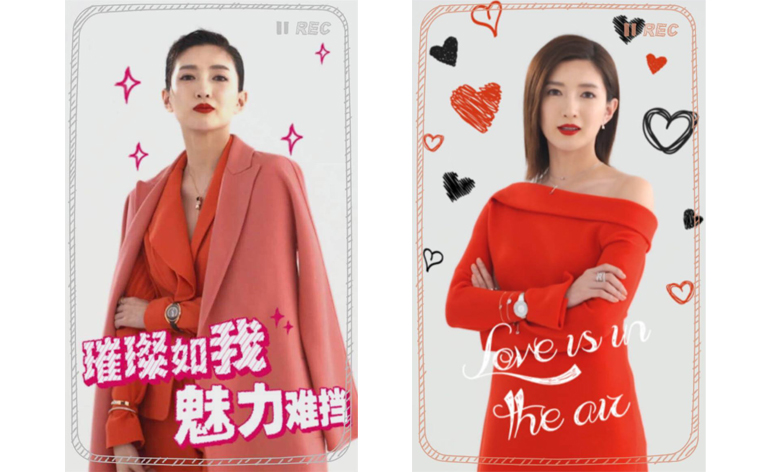
In Maggie Jiang’s video, a single woman, she is proud of her independence on Valentine’s Day and plans to hold a pajama party with girlfriends. Those interacting with the campaign can decide her outfit.
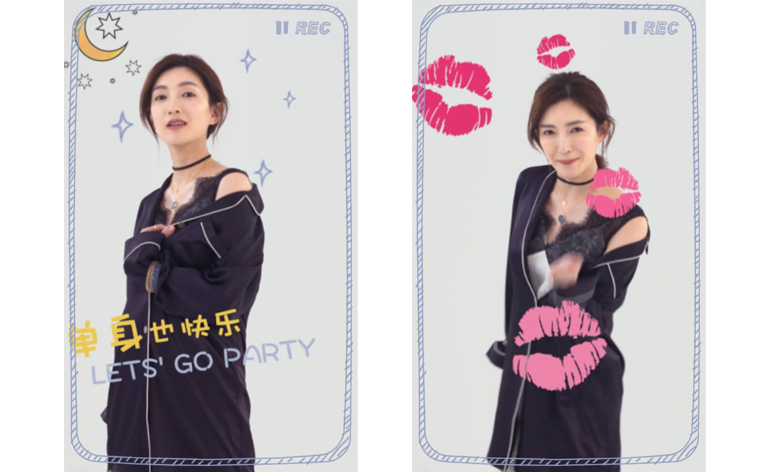
In order to maximize the WeChat H5 participation, scannable posters were found in Swarovski boutiques around China.
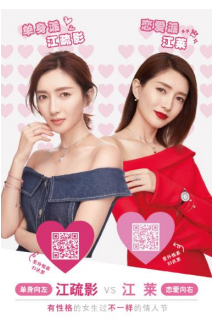
Media Amplification & Results
The campaign was executed in collaboration with Grazia China, the weekly fashion title that is famous for its casual chic attitude and dedication to street fashion, so the joint effort helped to deliver an on-trend vibe.
The campaign is still in progress and specific numbers cannot be shared, but investment was put into gaining attention for the campaign through WeChat Moment Ads, Weibo amplification, and media aggregators. At the time of publication Swarovski had succeeded in recruiting a significant number of new followers across its platforms, including a tremendous increase in exposure for the brand.

To play the campaign (mobile only): http://vd-swarovski.digitalluxurygroup.com or scan the QR code (mobile phone with WiFi access recommended, might experience slow loading time from out of China)










